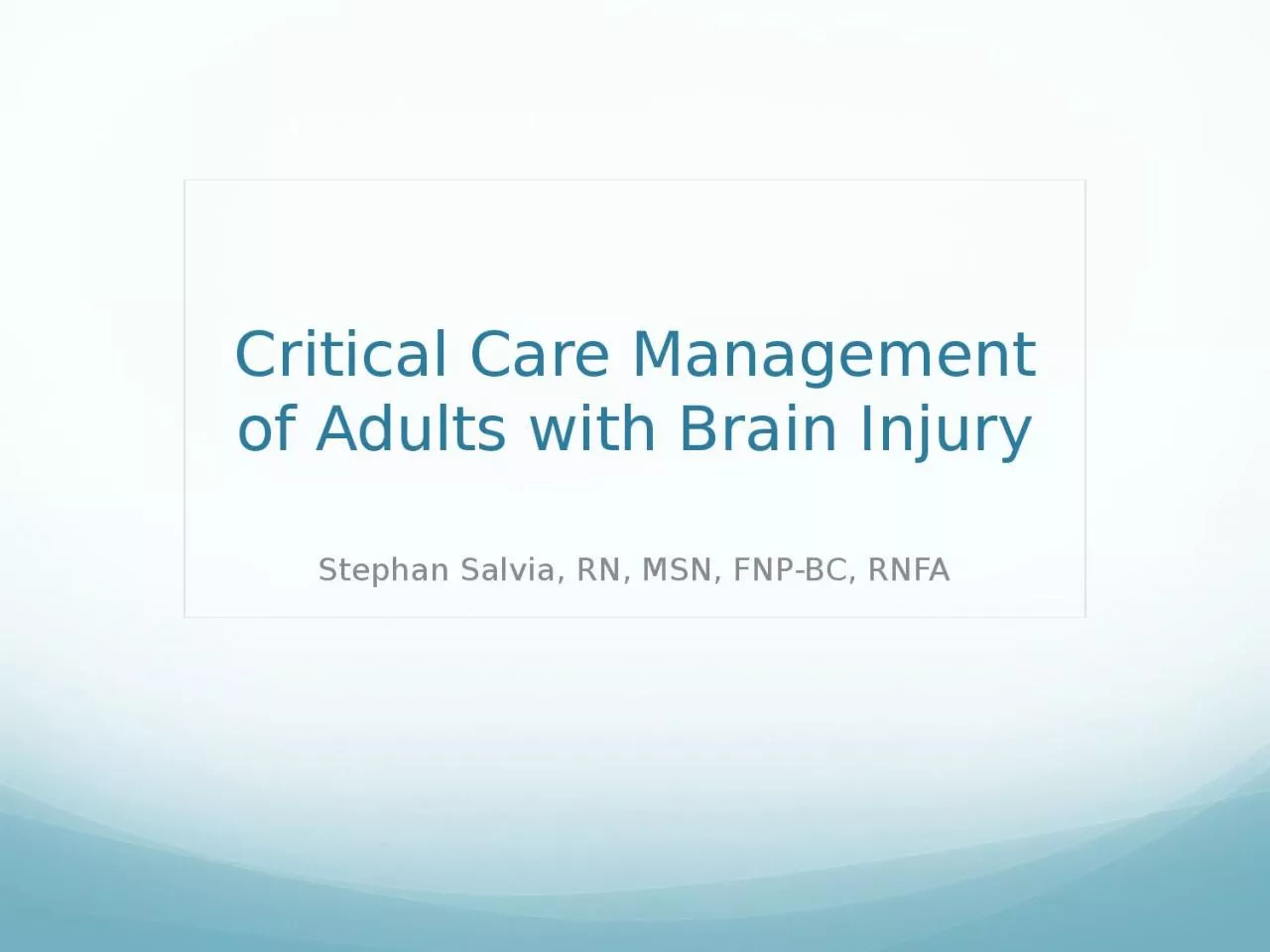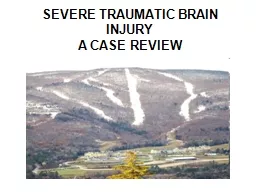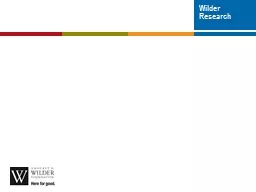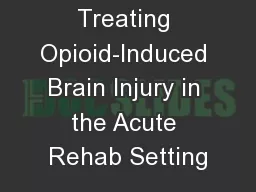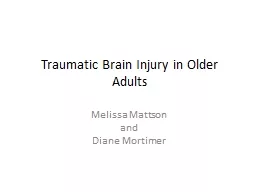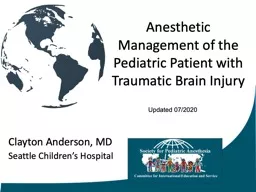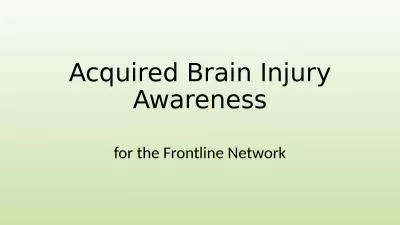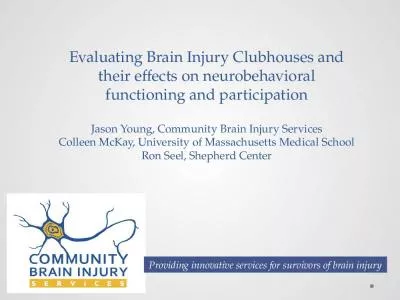PPT-Critical Care Management of Adults with Brain Injury
Author : unita | Published Date : 2023-05-22
Stephan Salvia RN MSN FNPBC RNFA Objectives State common causes and pathophysiology of intracranial hypertension Identify signs amp symptoms of intracranial hypertension
Presentation Embed Code
Download Presentation
Download Presentation The PPT/PDF document "Critical Care Management of Adults with ..." is the property of its rightful owner. Permission is granted to download and print the materials on this website for personal, non-commercial use only, and to display it on your personal computer provided you do not modify the materials and that you retain all copyright notices contained in the materials. By downloading content from our website, you accept the terms of this agreement.
Critical Care Management of Adults with Brain Injury: Transcript
Download Rules Of Document
"Critical Care Management of Adults with Brain Injury"The content belongs to its owner. You may download and print it for personal use, without modification, and keep all copyright notices. By downloading, you agree to these terms.
Related Documents

